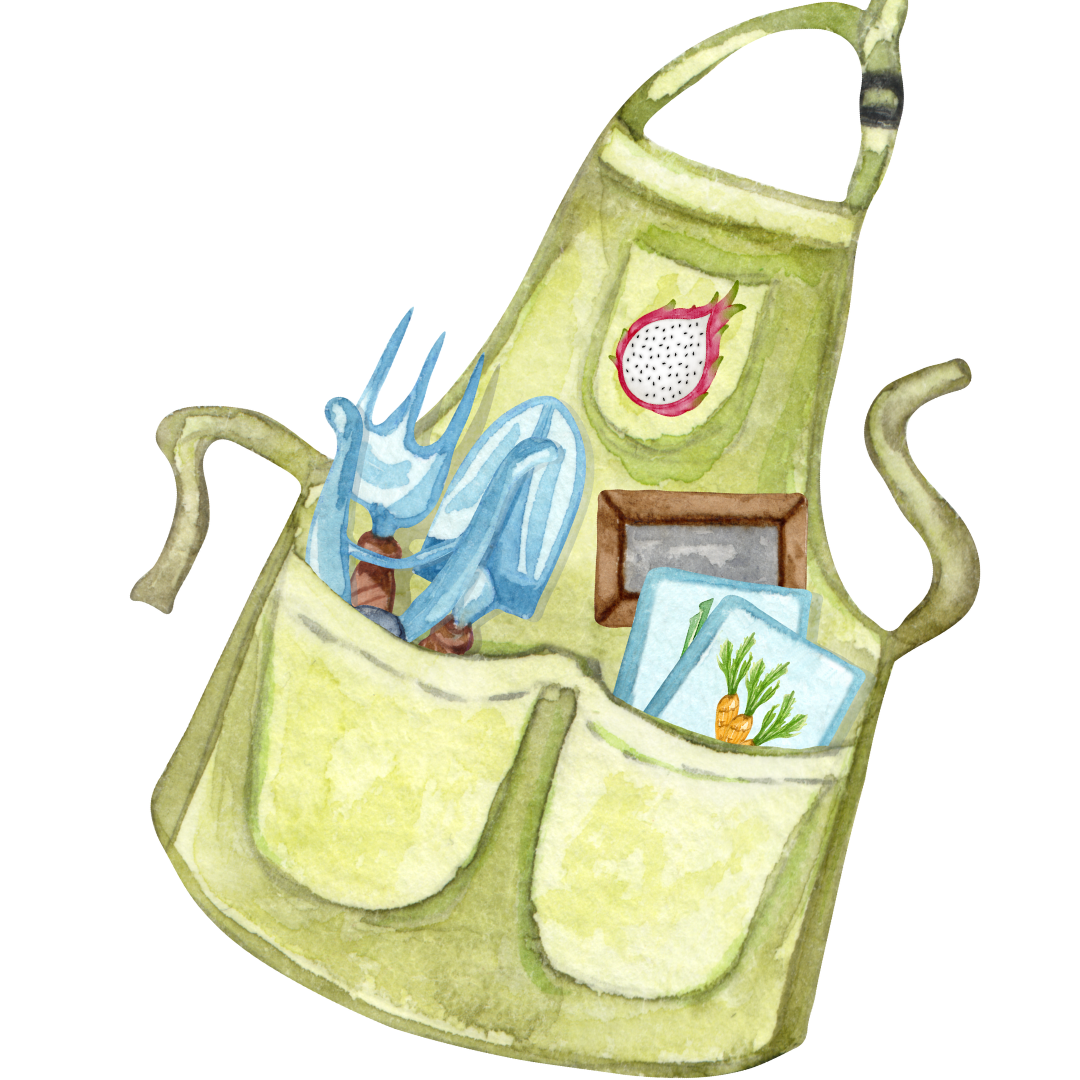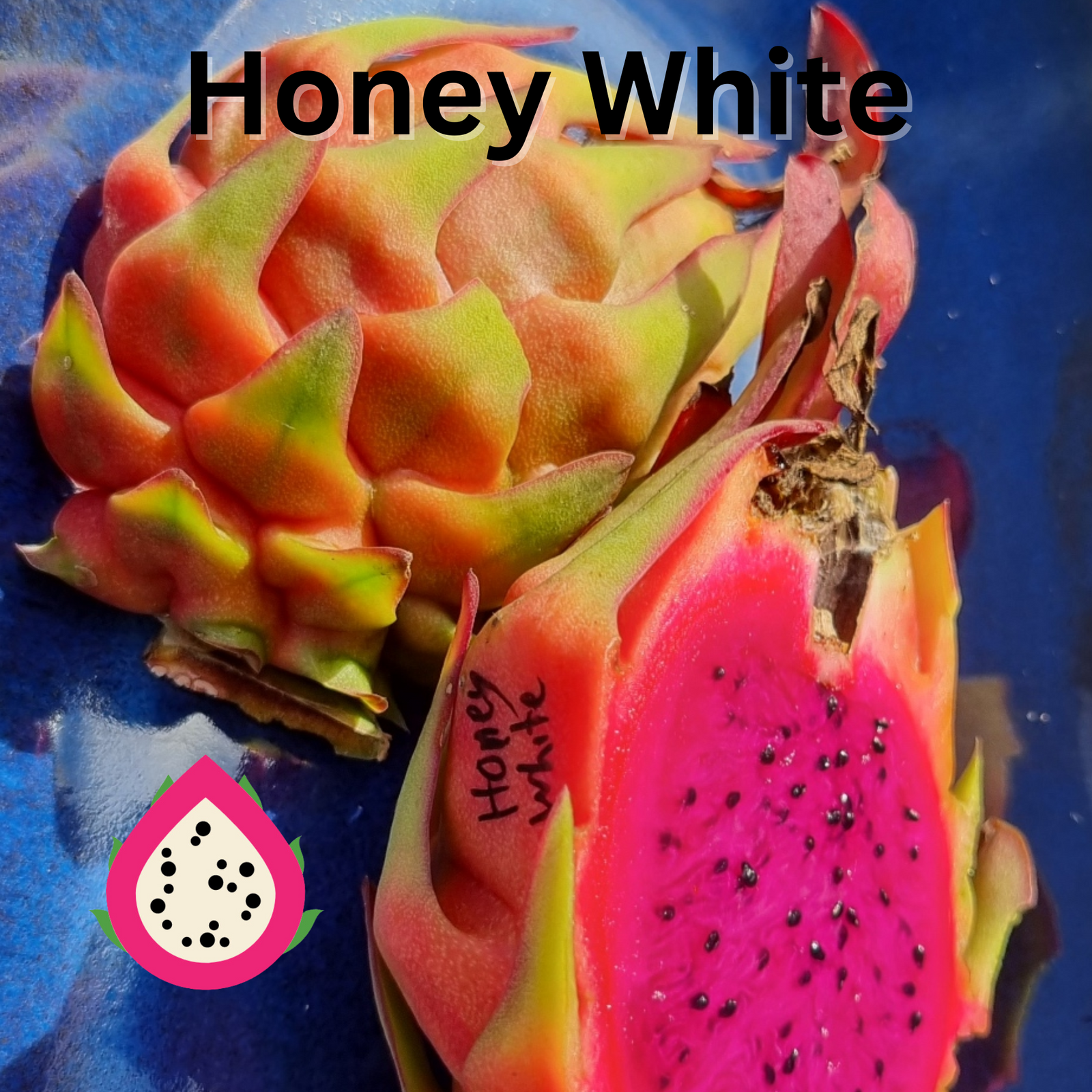Trying to grow dragon fruit in Melbourne and Australian Southern states is not impossible but does require a bit more thought, love and attention to grow dragon fruit successfully
Growing Dragon fruit (Hylocereus spp.) in colder climates can be challenging since they are native to tropical and subtropical regions.

This image is taken from http://www.bom.gov.au/climate/maps/averages/frost/
Please feel free to click the link to research the frost zones of Australia.
However, with some effort and special care, it's possible to cultivate dragon fruit in colder environments. Here are some tips to help you get started:
Choose cold-hardy varieties: Some dragon fruit varieties are more tolerant of cooler temperatures than others. Look for cold-hardy species or varieties that have been specifically bred to withstand colder climates.
Select a suitable location: Dragon fruit plants need as much sunlight as possible, so choose a sunny location for your plants. North-facing walls or slopes can help absorb and retain heat during the day.
Use microclimates: In colder climates, creating microclimates can make a significant difference. Plant dragon fruit against a sunny wall or fence, as it will absorb and radiate heat during the day, providing a slightly warmer environment for the plants.
Provide wind protection: Strong winds can make the cold feel even more intense for plants. Consider planting dragon fruit near a windbreak, such as a wall, fence, or tall shrubs, to shield them from harsh winds.

This Dragon fruit plant is grown in the shelter of bamboo. The canopy will protect the dragon fruit plant from frost and also provide shelter from strong winds. This is an example of how to create a micro climate for your dragon fruit plants in a colder climate.
Use containers: Growing dragon fruit in containers allows you to move the plants indoors or to a more sheltered location during extreme cold spells. This flexibility can help protect the plants from freezing temperatures.

Mulch and cover: Apply a thick layer of organic mulch, such as straw or wood chips, around the base of the plants. Mulch helps retain soil moisture and regulates soil temperature.

Frost and weather extremes: When a frost or freeze is expected, cover the plants with frost cloths or blankets to provide extra protection.
Frost can be damaging to dragon fruit plants, especially if they are exposed to freezing temperatures for an extended period. Dragon fruit is a tropical and subtropical plant, and it is not well-equipped to handle cold weather.
Here are some of the effects of frost on dragon fruit:
- Cell Damage:Frost causes ice crystals to form within the plant's cells, leading to cell damage and dehydration. As the ice crystals expand, they rupture cell walls, disrupting the plant's tissues and cellular structure.
-
Wilting: Frost-damaged dragon fruit may appear wilted or droopy due to the cellular damage and loss of turgidity caused by freezing temperatures.
-
Browning and Discoloration: The plant's stems and pads may turn brown or black as a result of frost damage. This discoloration is an indication of tissue death.
-
Reduced Growth and Vigor: Frost-damaged plants often experience stunted growth and reduced vigor. They may take longer to recover and resume their normal growth rate.
-
Fruit Damage: If dragon fruit is exposed to frost during its flowering and fruiting stage, the frost can damage the developing fruits, causing them to become discolored, mushy, or even drop prematurely.
-
Susceptibility to Diseases: Frost-damaged dragon fruit becomes more vulnerable to diseases and pests as the plant's natural defenses are weakened.
-
Death of the Plant: In severe cases of frost exposure or prolonged freezing temperatures, the dragon fruit plant may die. This is more likely to occur in regions with extremely cold climates where the temperatures stay below freezing for extended periods.
Tips for growing dragon fruit in cold regions-
Heating and insulation: If you have the means, you can consider using heating elements like space heaters or heat lamps in greenhouses or covered growing areas to maintain a warmer temperature during cold nights.
Avoid overwatering: Cold and wet conditions can be detrimental to dragon fruit plants. Make sure the soil is well-draining and avoid overwatering, as excessive moisture can lead to root rot.
Pruning and winter care: Before winter arrives, consider pruning your dragon fruit plants to remove any damaged or overgrown parts. This will help the plant focus its energy on the healthier parts. Reduce watering during winter, as the plant's growth slows down during this time.
Choose the right time for planting: If you're starting from scratch, choose the right time to plant your dragon fruit cuttings. Aim for late spring or early summer when temperatures are warming up, and the risk of frost has passed and this gives your dragon fruit cutting time to settle and establish before winter.

Green House: In some areas you may only be able to grow your dragon fruit inside a green house. This way you can avoid frost settling on your dragon fruit plants as well as have more control over mother natures temperature extremes.

Shorter Dragon fruit season: the fruiting season may be shorter due to shorter day light hours. My mother lives in Melbourne and quite often when I speak to her we are at least an hour ahead of her with daylight hours. Dragon fruit plants growth responds to day light hours.
Lights: May help mimic day light hours to encourage early or later fruiting.
Remember :that dragon fruit are susceptible to frost damage, and there's no guarantee of success in extremely cold climates. Dragon Fruit are a subtropical to tropical fruit plant.
However, with careful attention and adjustments to the growing conditions, you may be able to enjoy dragon fruit even in colder regions.
We recomend trialing 1 variety first for a year or 3 to see how if your dragon fruit thrives or is unproductive.
Dragon fruit varieties we recommend trialing are. These dragon fruit recommendations are based on an informed guess, if any one has had success growing dragon fruit in Melbourne please contact us so we can share your dragon fruit growing experience.
Dawns Purple
Zamorano
A study from California University also has information on the cold tolerance of dragon fruit varieties.
- These dragon fruit varieties have thinner branches so there is less surface area for frost to sit. Thicker skin on the dragon fruit branches and a white powder on limbs is what we believe may assist with protection from the cold.
- I have included Columbian Supreme Red as a Bundaberg Commercial grower we know has had fruit producing flowers in late July in the middle of winter. So this variety may deal better with the reduced day light hours of southern states.
- Avoid growing the following dragon fruit in colder climates: Connie Mayer, Asunta, Edgars baby, Kathy Van Arum, Ax Hybrid from H. stenopterus clones. They can not tolerate extreme heat and cold compared to all other Dragon Fruit varieties.







